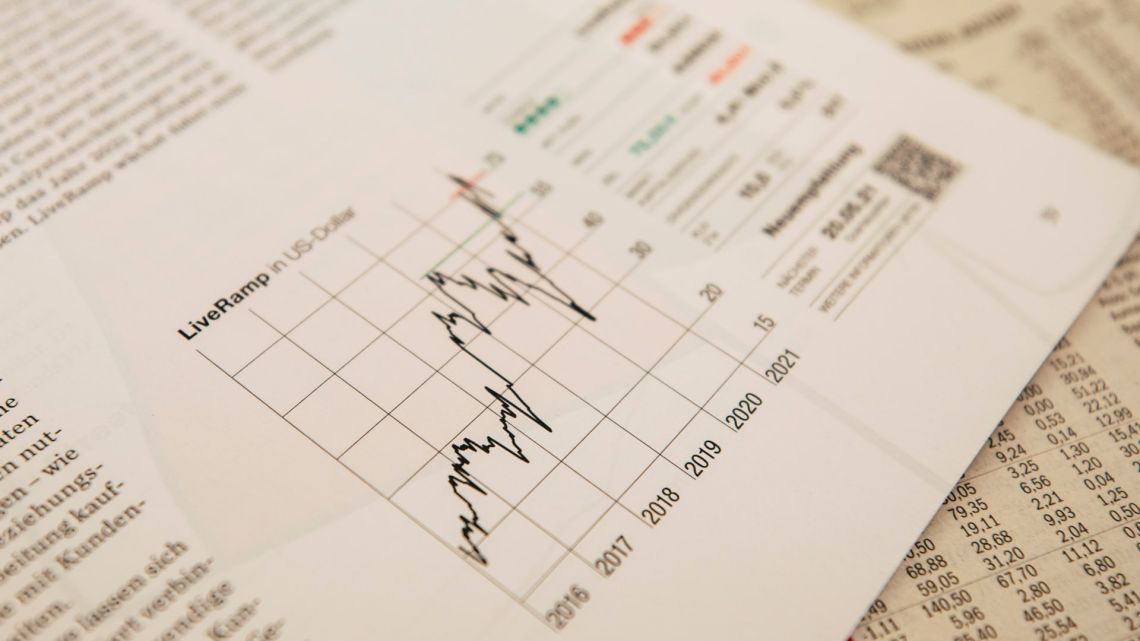
Recent attacks on commercial shipping in the Red Sea have raised concerns about a potential outbreak of inflation, particularly in Europe. These incidents also have the potential to undermine the financial market's prevailing narrative for the new year.
The Inflation Narrative and its Impact on Financial Markets
The narrative gained momentum after the Federal Reserve's dovish pivot last week and continued to unfold on Tuesday. The central idea is that inflation will continue to ease, leading to a series of interest rate cuts in 2024. To align with this scenario, financial markets have made strategic moves: Treasury yields have mostly decreased, traders anticipate up to five to seven quarter-point rate cuts in the U.S. next year, and stocks have experienced an upward trend. Notably, the S&P 500 is on the verge of breaking its previous record.
Implications of Red Sea Developments
The recent developments in the Red Sea prompted the U.S. to embark on a new international effort to combat these attacks. As a result, oil prices experienced a second consecutive day of increase (CL.1, +1.53% CLG24, +1.85%) as shipping companies made changes to their routes or operations. Furthermore, these incidents served as a reminder of the world's heavy reliance on invisible networks that span across seas, skies, and land, as previously highlighted by Deutsche Bank.
Impact on Europe and the U.S.
Derek Tang, an economist at Monetary Policy Analytics in Washington, explains that the events in the Red Sea primarily affect Europe more than the U.S., as the latter is relatively self-sufficient and well-equipped in terms of energy production. However, if the disruptions persist for an extended period of three to six months, the U.S. could be indirectly impacted, causing a domino effect on various aspects of the economy.
The Potential for Inflationary Impulses
According to BMO Capital Markets strategists Ian Lyngen and Ben Jeffery, "further disruptions in the Red Sea or any major channels of commerce could potentially serve as inflationary impulses." These unforeseen factors further complicate the outlook for keeping the 10-year Treasury yield (BX:TMUBMUSD10Y) below the 4% mark.
The Impact of Inflation on Investors
The financial market's inflation outlook and expectations for lower interest rates next year could be recalibrated, with significant implications for investors. Although inflation has declined from its peak of 9.1% in June 2022, it has consistently surpassed the Federal Reserve's target of 2%.
If inflation resurfaces as it did during the period between 1966-1982, market-implied rates would likely increase, leading policymakers to reconsider their plans to reduce rate hikes. In fact, Fed Gov. Chris Waller recently suggested that the central bank might even lower borrowing costs due to falling inflation, regardless of economic growth.
Macro strategist Will Compernolle of FHN Financial in New York explained that the recent change in the Fed's stance was prompted by sustained improvements in inflation. However, he cautioned against overreacting to this narrative shift, as the markets may have gotten too excited too soon.
The potential return of inflation would also impact investors' decisions regarding the nearly $6 trillion cash pile in money-market accounts. Debates are underway about whether this pile will remain stagnant, flow back into stocks, or move towards bond funds depending on whether the Fed cuts rates or maintains them at their current high level of between 5.25% and 5.5%.
As of Tuesday, the Treasury market remained relatively stable, with the benchmark 10-year and 30-year yields hovering near their July lows at 3.9% and 4%, respectively. Meanwhile, stocks experienced a rally, with the Dow Jones Industrial Average and Nasdaq Composite both gaining 0.5% in New York afternoon trading.
Bank of America's recent survey of global fund managers indicated that one of the major concerns is the potential for high inflation, which would compel central banks to maintain elevated interest rates.













Write Your Comment